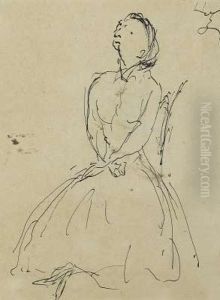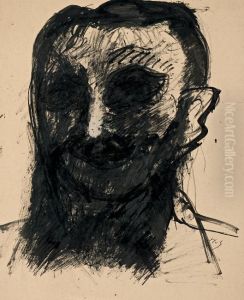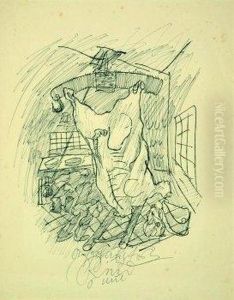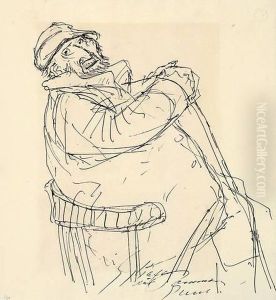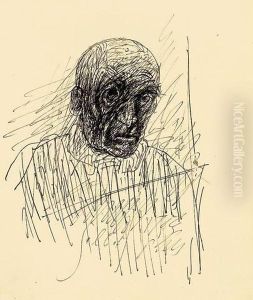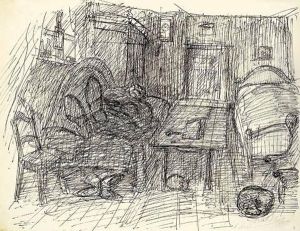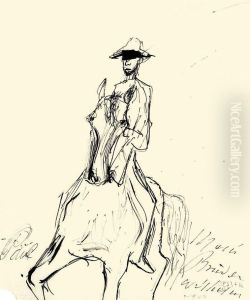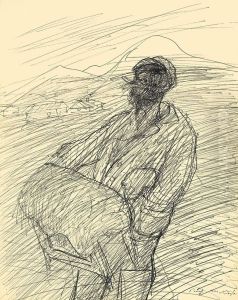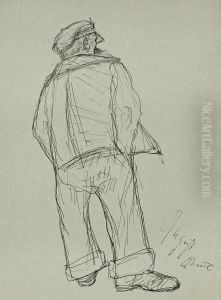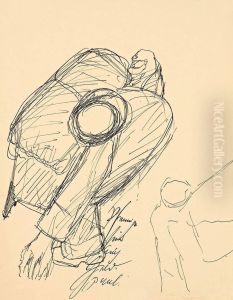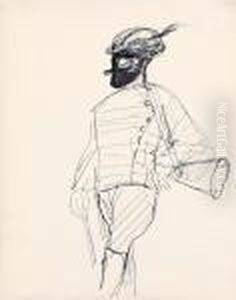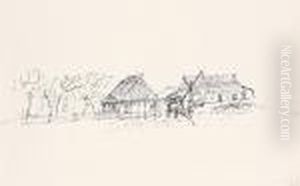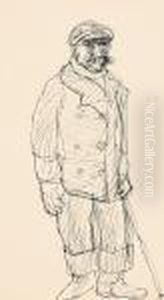Paul Holz Paintings
Paul Holz was a German artist, known primarily for his strikingly detailed and expressive woodcuts as well as his paintings. Born on July 7, 1883, in Osnabrück, Germany, Holz embarked on his journey into the art world with a deep fascination for the human condition, which would later become a central theme in his works. His early life was marked by a traditional education, but it was his enrollment at the Dresden Academy of Fine Arts that truly shaped his career. Under the tutelage of notable artists such as Richard Müller, Holz honed his skills and developed a unique style that stood out for its intensity and emotional depth.
Holz's work during the early 20th century was significantly influenced by the socio-political climate of the time, particularly World War I and the subsequent upheaval in Germany. His woodcuts from this period serve as a poignant commentary on the human suffering and the social injustices of his time. Unlike many of his contemporaries who were drawn towards abstract art movements, Holz remained steadfast in his commitment to realism, using his art to capture the raw essence of human emotion and the stark realities of life.
Throughout the 1920s and 1930s, Paul Holz continued to evolve as an artist, experimenting with different themes and techniques but always maintaining his focus on the human figure and its expressions. His ability to depict the intricacies of human emotions and the detailed textures of the natural world garnered him considerable acclaim. Despite facing financial difficulties and the challenges posed by the rise of the Nazi regime, which branded much of modern art as 'degenerate', Holz remained dedicated to his craft until his untimely death on September 11, 1938, in Dresden, Germany.
Holz's legacy is that of a master woodcut artist and painter who used his art to reflect the complexities of the human experience. His work, characterized by its emotional depth and technical precision, continues to be celebrated for its contribution to German art and its poignant reflection on the turbulent times in which he lived.
![[...]](https://www.niceartgallery.com/imgs/1376852/s/paul-holz-hirte-mit-schafen-und-kuhen-an-der-tranke-sign-oder-bez-ol-auf-lwd-doubliert-rest-77-x-63-cm-rahmen-99a366ca.jpg)
